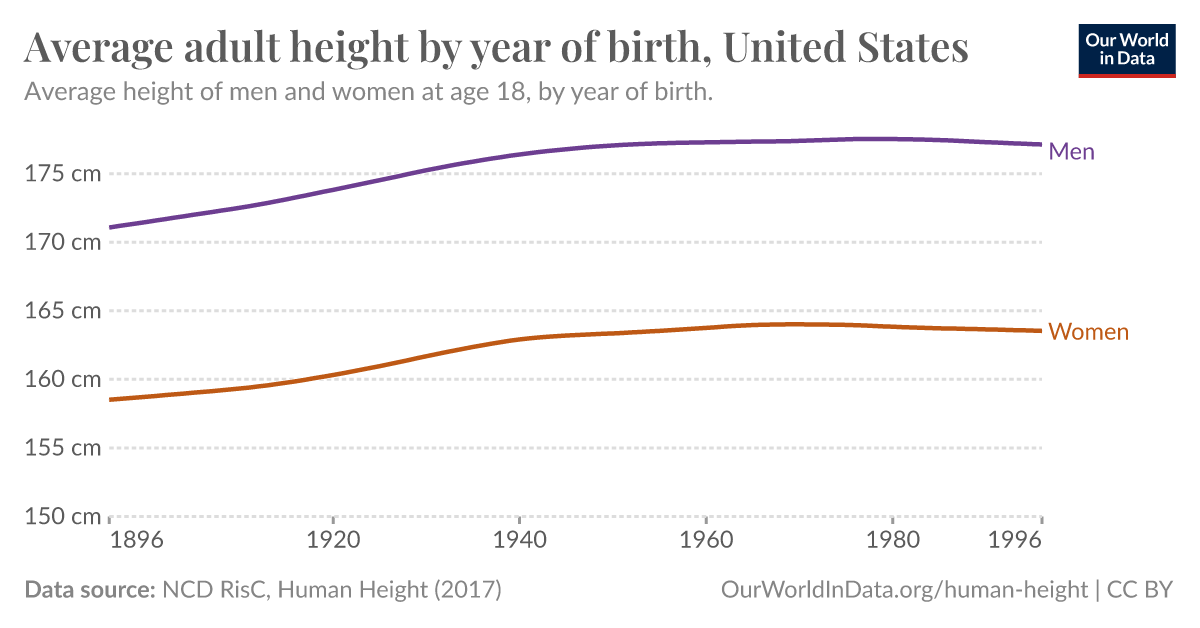lpetrich
Contributor
I first looked at amino acids, but KEGG mixed essential and nonessential ones in some cases, so I have to look at the pathways in detail to be sure. KEGG uses diagrams that have a color convention of green if present, white if absent, with the diagrams being black on white.
 Lysine has the oddity of two different biosynthesis pathways, DAP (diaminopimelate) and AAA (alpha-aminoadipate).
Lysine has the oddity of two different biosynthesis pathways, DAP (diaminopimelate) and AAA (alpha-aminoadipate).
I then looked at vitamin biosynthesis. The B vitamins are indeed vitamins across the animal kingdom, as far as I could tell from KEGG's diagrams. I verified that for most of them, I think.
- Animals: no lysine biosynthesis
- Plants: DAP
- Fungi: AAA
- Haptophyte alga Emiliania huxleyi: DAP
- Bacteria (ordinary bacteria): DAP; some have both DAP and AAA
- Archaea (archaebacteria): some DAP, some AAA
I then looked at vitamin biosynthesis. The B vitamins are indeed vitamins across the animal kingdom, as far as I could tell from KEGG's diagrams. I verified that for most of them, I think.



